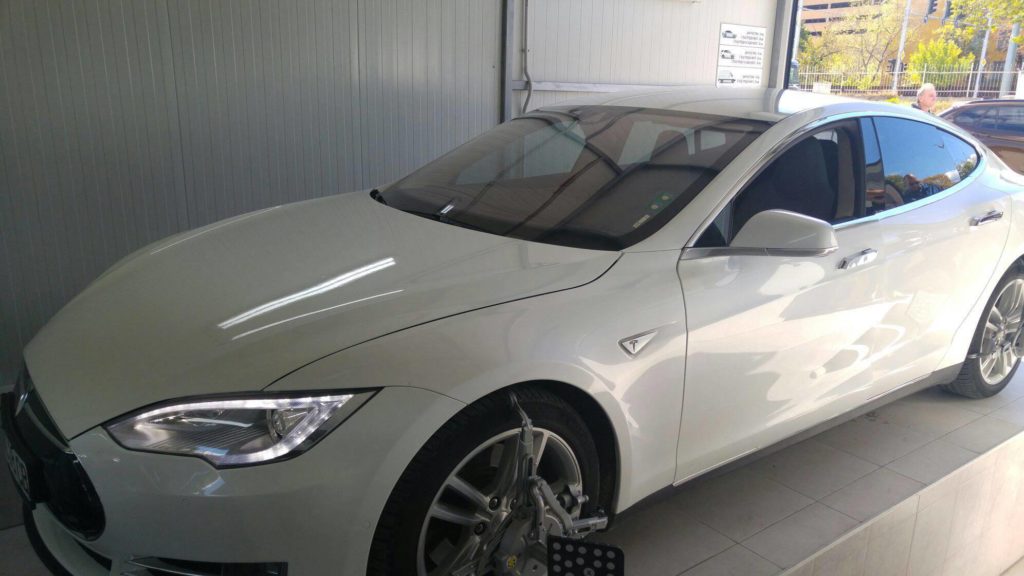Hello there, fellow tech enthusiasts and automotive aficionados! Today, we're diving into the exciting world of Tesla's Full Self-Driving (FSD) technology. Buckle up because we're about to explore the groundbreaking advancements that are reshaping the future of driving.
The Road to Autonomy: Tesla's Vision
Tesla, under the visionary leadership of Elon Musk, has set its sights on a future where cars can navigate our complex world autonomously. The goal? To make driving safer, more convenient, and environmentally friendly. So, what's Tesla's Full Self-Driving technology all about, and how close are we to witnessing this transformative shift on our roads?
1. Autopilot: The Foundation Tesla's journey towards full autonomy began with Autopilot, a driver-assistance system introduced in 2015. Autopilot combined adaptive cruise control and lane-keeping capabilities, allowing Tesla vehicles to maintain speed, change lanes, and even exit highways with minimal driver intervention.
2. Navigate on Autopilot: Highway to Highway In 2018, Tesla introduced Navigate on Autopilot, which took things up a notch. This feature enabled Tesla vehicles to handle highway interchanges, take exits, and make lane changes while following navigation instructions. Drivers remained responsible but with a new level of assistance.
The FSD Package: Bridging the Gap
With the introduction of the Full Self-Driving (FSD) package, Tesla aimed to bridge the gap between partial automation and true autonomy. So, what does this package bring to the table?
1. Enhanced Summon: A Taste of Autonomy Enhanced Summon was one of the early highlights of FSD. It allowed Tesla owners to summon their cars from parking spaces, maneuver through obstacles, and even navigate around tight spots, all from their smartphones.
2. Traffic Light and Stop Sign Control: The Intersection Challenge Tesla's FSD package tackled the complexities of intersections with Traffic Light and Stop Sign Control. This feature allowed Tesla vehicles to automatically stop at red lights and stop signs, making city driving more manageable.
Autosteer on City Streets: The Game Changer
In late 2020, Tesla rolled out a limited beta of Autosteer on city streets. This marked a significant leap forward, as it extended autonomous capabilities beyond the highway. Tesla vehicles could navigate urban environments, handling intersections, pedestrians, and complex road scenarios.
The Road Ahead: Challenges and Promises
As Tesla continues to refine its Full Self-Driving technology, challenges and promises lie ahead.
1. Regulatory Hurdles: Navigating the Legal Landscape The widespread adoption of autonomous vehicles faces regulatory challenges. Different regions and countries have varying rules and requirements for self-driving cars. Tesla and other manufacturers must work with authorities to ensure the safe integration of FSD.
2. Data and Machine Learning: The Keys to Success Tesla's FSD relies heavily on data and machine learning. The more data Tesla collects from its fleet, the better its technology becomes. With each software update, Tesla vehicles get smarter and safer.
Conclusion: The Journey to Autonomy
Tesla's Full Self-Driving technology is a testament to the power of innovation and human ambition. While we're not quite at the point of fully autonomous vehicles, Tesla's progress has been nothing short of remarkable. As they continue to push the boundaries of what's possible, we're witnessing a transformation in the way we think about transportation.
So, whether you're a Tesla owner eagerly awaiting the next FSD update or simply a curious observer of automotive technology, one thing is certain: the road to full autonomy is paved with excitement and endless possibilities.
Stay tuned for more updates on Tesla's journey to redefine the future of driving!



